Apple could use piezoelectric ink to give users another input surface or offer haptic feedback in bands for the Apple Watch in the future, without needing to include additional vibration-producing hardware.
Devices like the Apple Watch are designed to provide haptic feedback to the wearer, with the use of a motor to create vibrations that carry through the device and to the wrist. While haptics are useful, alternatives such as the use of a piezoelectric component to create vibrations may be more viable in certain situations, but they are limited to the same constraints as the motor in terms of placement within hardware.
Piezoelectric vibrations are also weaker in general compared to their motor-based counterparts, meaning they have to be mounted much closer to the user to offer any real effect of being felt.
In a patent granted by the US Patent and Trademark Office on Tuesday titled "Electronic Devices with Piezoelectric Ink," Apple envisions using piezoelectric technology in ways that do not involve it being used as a conventional vibration component within a housing. Instead, Apple suggests how it could be used closer to where users touch a device.
More specifically, the patent deals with ways to create piezoelectric traces, as Apple suggests it may not be possible to add one to a surface or a device by conventional means. For example, it may not be viable to mount a piezoelectric ceramic wafer to a flexible substrate.
Apple's solution is the use of a piezoelectric ink, where piezoelectric material is dispersed within a binder. These particles could be made from lead zirconate titanate, different from the usual, while the binder could be made from a metal oxide, a polymer like silicone, or something similar.
The piezoelectric ink is printed to form piezoelectric ink traces, which can be deposited on a variety of curved, flexible, and other non-flat surfaces. It is feasible that the same traces could be mounted on movable items, like a diaphragm of a speaker, which could allow for lighter or more unusual designs of speakers in general.
Control circuitry in contact with the ink provides waveform signals 90-degrees out of phase of each other on neighboring piezoelectric traces, which in turn can create a surface wave.
As an example of its usage, images suggest the use of traces along an Apple Watch band could provide more subtle haptic feedback, felt by the user via direct contact with the wrist. This could be concentrated on specific areas of the wrist, such as the inward-facing areas, which could be more sensitive to small vibrations.
 An example of locating a piezoelectric section to part of an Apple Watch band on the inside of the wrist.
An example of locating a piezoelectric section to part of an Apple Watch band on the inside of the wrist. A further example is using a combination of horizontal and vertical traces in a grid, for a keyboard. By depositing them on a keyboard surface with movable keycaps, the system could allow for vibrations to be made on a key once it has registered a keypress.
Furthermore, as piezoelectric components can also generate energy from pressure, it is also feasible for the same traces to create a signal readable by control circuitry when a user presses a key. Such a system would eliminate the need for a traditional key mechanism, and could allow for slimmer keyboards to be created.
The patent lists its inventor as Shravan Bharadwaj, a senior manager at Apple dealing with Mac manufacturing design, and has worked for Apple for over nine years. His other patents include filings related to housings made by three-dimensional circuits, magnetic material in fabrics, and a keyboard offering a variable response.
Apple files numerous patent filings on a weekly basis, but while the existence of a filing indicates areas of interest for the company's research and development efforts, they don't guarantee the concepts will appear in a future product or service.
Apple Watch bands have been the subject of a number of patents, including some covering the addition of antennas, a muscle-detecting version for gesture recognition, modular bands filled with sensors and batteries, self-adjusting bands, and light-up indicators.
Using haptic feedback in a keyboard has also been explored, with the "keyless keyboard" providing force sensing and haptics with the use of a flat glass display instead of a physical keyboard.
 Malcolm Owen
Malcolm Owen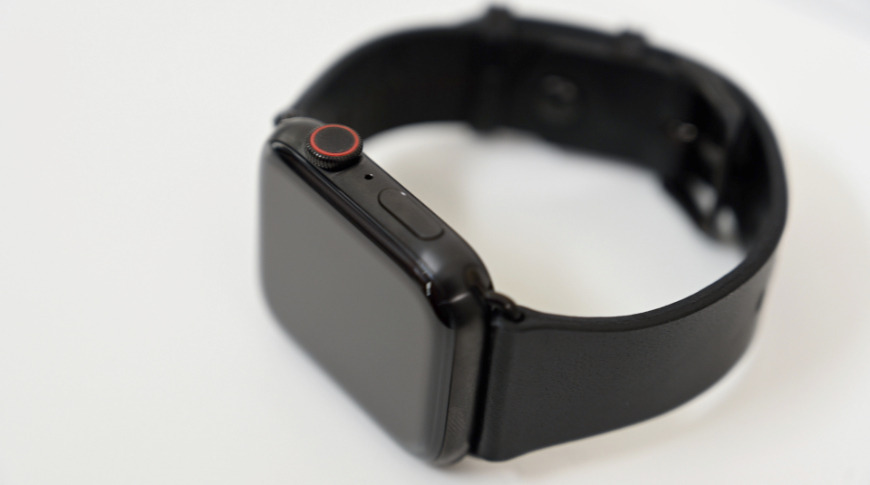
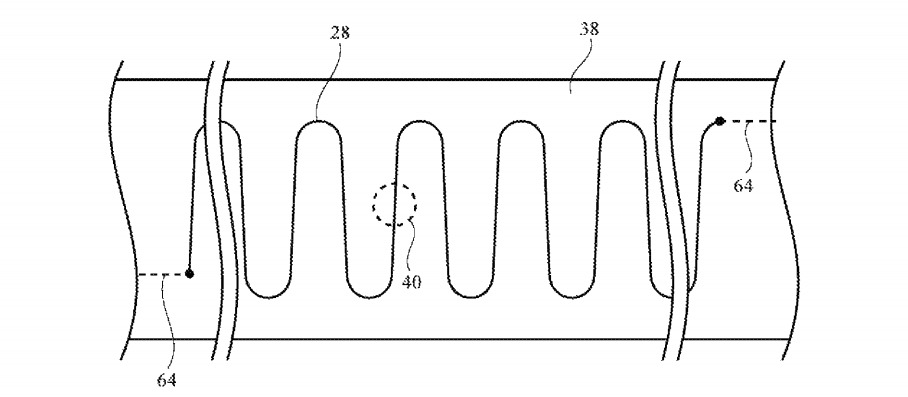
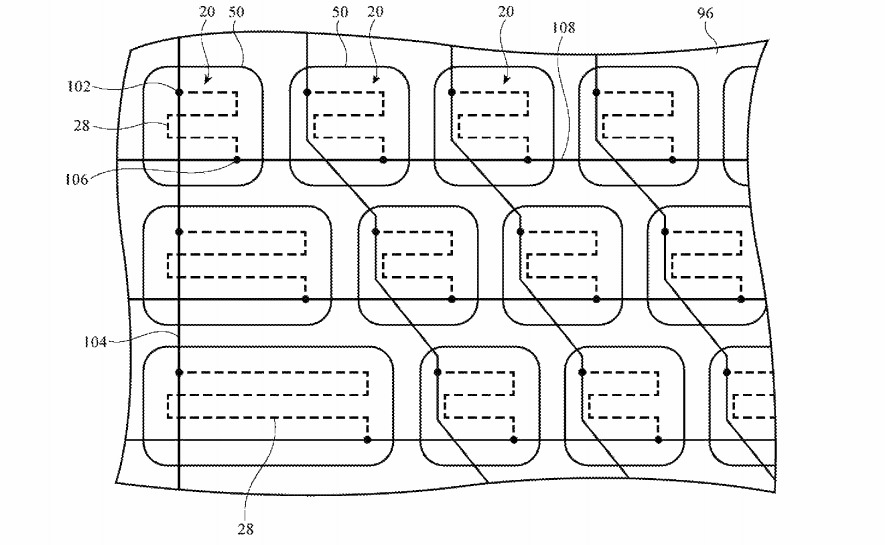








 Andrew Orr
Andrew Orr
 Amber Neely
Amber Neely
 Marko Zivkovic
Marko Zivkovic
 William Gallagher and Mike Wuerthele
William Gallagher and Mike Wuerthele



 Mike Wuerthele
Mike Wuerthele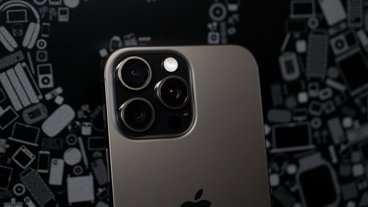
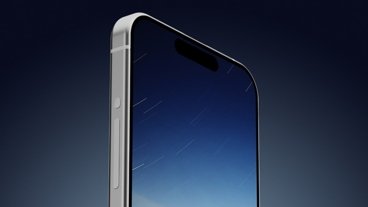
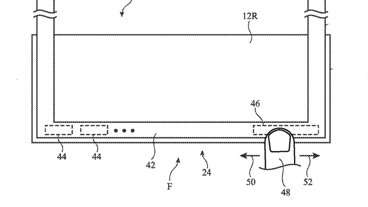







1 Comment
You should do an article on how many articles have been written about possible band functionality.